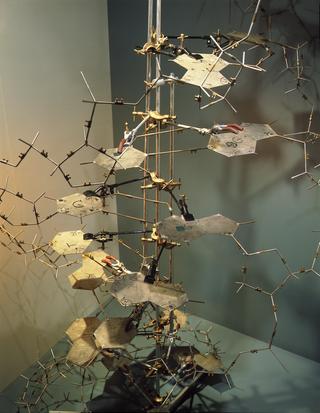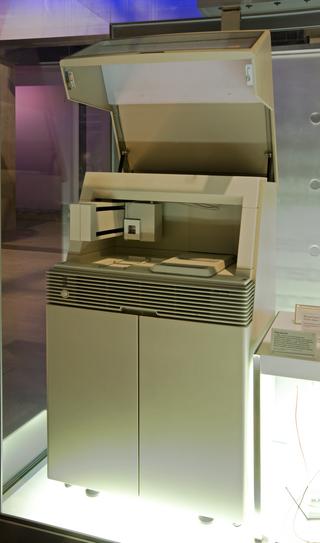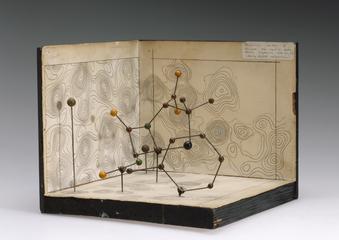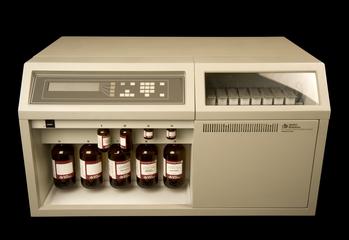






Rotary Colony Picker Mark I, developed c.1990 for sequencing of the nematode worm
Developed to sequence the nematode worm, this machine was used by a group of Nobel Prize winning scientists as they studied these tiny organisms. The scientists at the Laboratory of Molecular Biology at Cambridge University were looking for an explanation of programmed cell death, which in turn aided research into how bacteria and viruses behave in the human body. Nematode worms are ideal for this research because they have so few cells – less than 1000 per organism. The scientists who worked on the projects, John Sulston, Sydney Brenner and Bob Horvitz, were awarded the Nobel Prize in Physiology or Medicine in 2002.
Details
- Category:
- Biochemistry
- Object Number:
- 1993-653
- type:
- colony picker
- credit:
- Medical Research Council Centre




